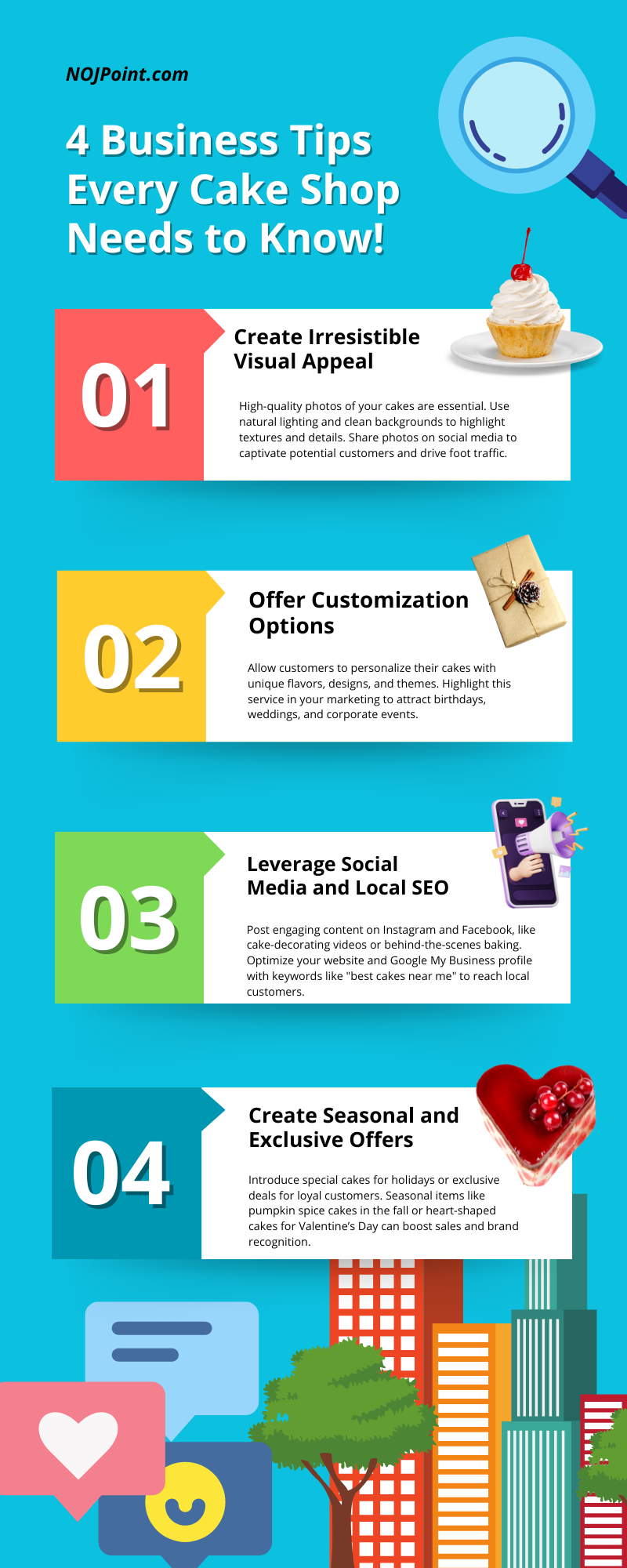In today’s multi-channel marketing world, understanding the customer journey is crucial. Attribution models in digital marketing allow businesses to measure the impact of multiple touchpoints that lead to conversions. This guide will explore the importance of attribution models, the types available, and how to use them to optimize campaigns for maximum ROI.
1. What Are Attribution Models in Digital Marketing?
Definition of Attribution Models
Attribution models assign credit to marketing channels and touchpoints that contribute to a conversion, helping businesses understand which efforts drive results.
Why Attribution Matters
- Identifies the most effective marketing channels.
- Optimizes budget allocation.
- Improves ROI by focusing on high-performing strategies.
2. Types of Attribution Models
Single-Touch Attribution Models
First-Touch Attribution
- Assigns 100% credit to the first interaction.
- Best for awareness-focused campaigns.
Last-Touch Attribution
- Assigns all credit to the final touchpoint.
- Common for direct conversion tracking but overlooks prior influence.
Multi-Touch Attribution Models
Linear Attribution
- Distributes credit equally across all touchpoints.
- Highlights the entire journey but lacks prioritization.
Time-Decay Attribution
- Gives more credit to recent interactions.
- Ideal for campaigns with short decision-making cycles.
Position-Based Attribution (U-Shaped)
- Allocates 40% credit to the first and last touchpoints, with 20% split across middle interactions.
- Balanced for journeys with a clear starting and ending influence.
Custom Models
- Tailored models to reflect unique business goals and customer journeys.
3. How to Choose the Right Attribution Model
Align with Business Objectives
- Awareness Campaigns: Use first-touch or linear models.
- Performance Campaigns: Use last-touch or time-decay models.
Understand Your Customer Journey
- Identify key touchpoints across channels like social media, email, PPC, and organic search.
Leverage Data Insights
- Use historical performance data to determine which model fits your needs.
4. Tools for Attribution Modeling
Google Analytics 4 (GA4)
- Provides multi-touch attribution with advanced insights into user behavior.
HubSpot
- Offers built-in attribution reporting for campaigns, emails, and CRM.
Adobe Analytics
- Robust attribution modeling for enterprise-level campaigns.
Facebook Attribution Tool
- Measures the impact of Facebook ads across the customer journey.
5. Steps to Implement Attribution Models
Map Your Customer Journey
- Identify key touchpoints where users engage with your brand.
Integrate Marketing Tools
- Use analytics platforms to consolidate data from multiple channels.
Test and Refine Models
- Experiment with different attribution models to determine which yields actionable insights.
Monitor and Optimize
- Regularly evaluate performance metrics and adjust campaigns for improved results.
6. Common Challenges and How to Overcome Them
Data Silos
- Solution: Integrate data across all marketing platforms for unified reporting.
Overlooking Offline Channels
- Solution: Use tools like call tracking and CRM to incorporate offline touchpoints.
Attribution Model Bias
- Solution: Use multi-touch models to avoid over-crediting single channels.
7. Emerging Trends in Attribution Modeling
AI-Driven Attribution Models
- Machine learning algorithms provide more accurate credit allocation.
Cross-Device Attribution
- Tracks user behavior across multiple devices for a holistic view.
Privacy-Focused Attribution
- Adapts to data privacy regulations like GDPR and cookie-less tracking environments.
Conclusion:
Attribution models are essential for understanding the customer journey and optimizing marketing performance. By choosing the right model and leveraging advanced tools, businesses can drive smarter decisions and improve ROI.
Ready to unlock the power of attribution models? Contact NOJPoint for expert guidance on optimizing your marketing strategy.
